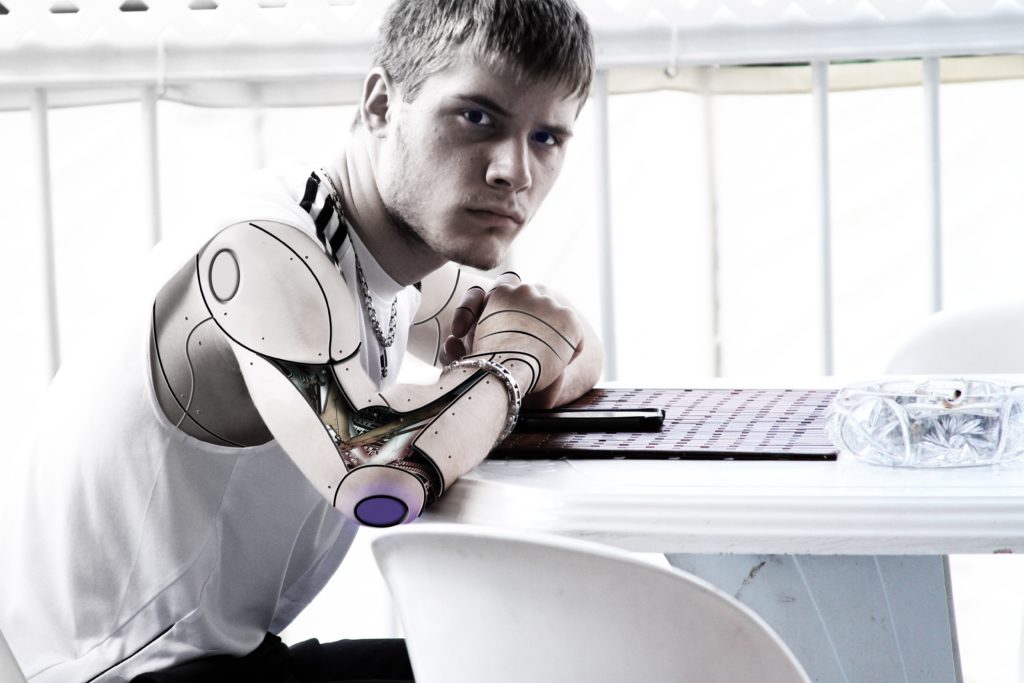Technology is moving at a rapid rate in all industries and it is no different for enhancement technology for persons with a disability, particularly to enhance their experience and comfortability inside the workplace.
1) Visual Enhancement Technology
For those who are blind there are screen readers, like JAWS, Window-Eyes & free software Non-Visual Desktop Access which provide audio of written text from the most popular applications on your computer.
BrailleNote allows blind users to read Microsoft Word documents from colleagues, revise them and then send them back.
For those with partial vision loss, screen magnifiers like ZoomText and Magic magnify in many ways for enhanced viewing, including making the cursor easier to see and customisation of the screen for different visual needs
All of these tools provide a ‘work around’ for a visual impairment but unbelievably a solution to fixing eyesight altogether is in the not too distant future according to Digital Trends. Researchers have apparently printed an artificial cornea using stem cells and algae molecules that could be used in cornea transplants in years to come.
2) Hearing Enhancement Technology
People with hearing impairments are benefitting from assistive devices too. Hearing aids are improving and innovated upon. Hearing aids these days, pair with Bluetooth devices meaning conversions through mobile devices have less interference.
VRS or video relaying services are another workplace innovation which uses smartphones or video software to allow deaf people to use sign language to communicate with hearing colleagues or clients which is translated.
Ava is an exceptionally advanced product which people who are deaf can use to communicate easily with hearing colleagues or clients. This technology transcribes hearing persons words into text on the deaf employee’s screen by picking the voice up via a microphone on their desk. It also uses the keyboard to allow the deaf person to type and will project the written text through the speakers of the device.
3) Motor Enhancement Technology
There is an influx of innovation for those employees who have permanent or temporary motor impairments. Technology like exoskeletal arm’s are allowing those with injury perform their jobs with minimal discomfort. One such company, X-Ar, explain that the exoskeletal device bears the weight of the employees arm while preserving their freedom of movement – which means they can work with their arms outstretched with less fatigue and discomfort increasing their stamina and ultimately, output.
Speech recognition software also assists those who have limited functional use of keyboards and mouses. Software like Dragon Naturally Speaking, distributed by HCD in South Africa is becoming exceptionally skilled at using voice to operate one’s computer and performing tasks from browsing the internet to compiling presentations on PowerPoint.
Despite the breakthroughs of recent years, the need for more assistive technology to be innovated upon is large. The fact that many disabilities come with their own uniqueness and intricacies means that many versions of the technology needs to be designed and tested. The next ten years will certainly be an exciting time for this space.






